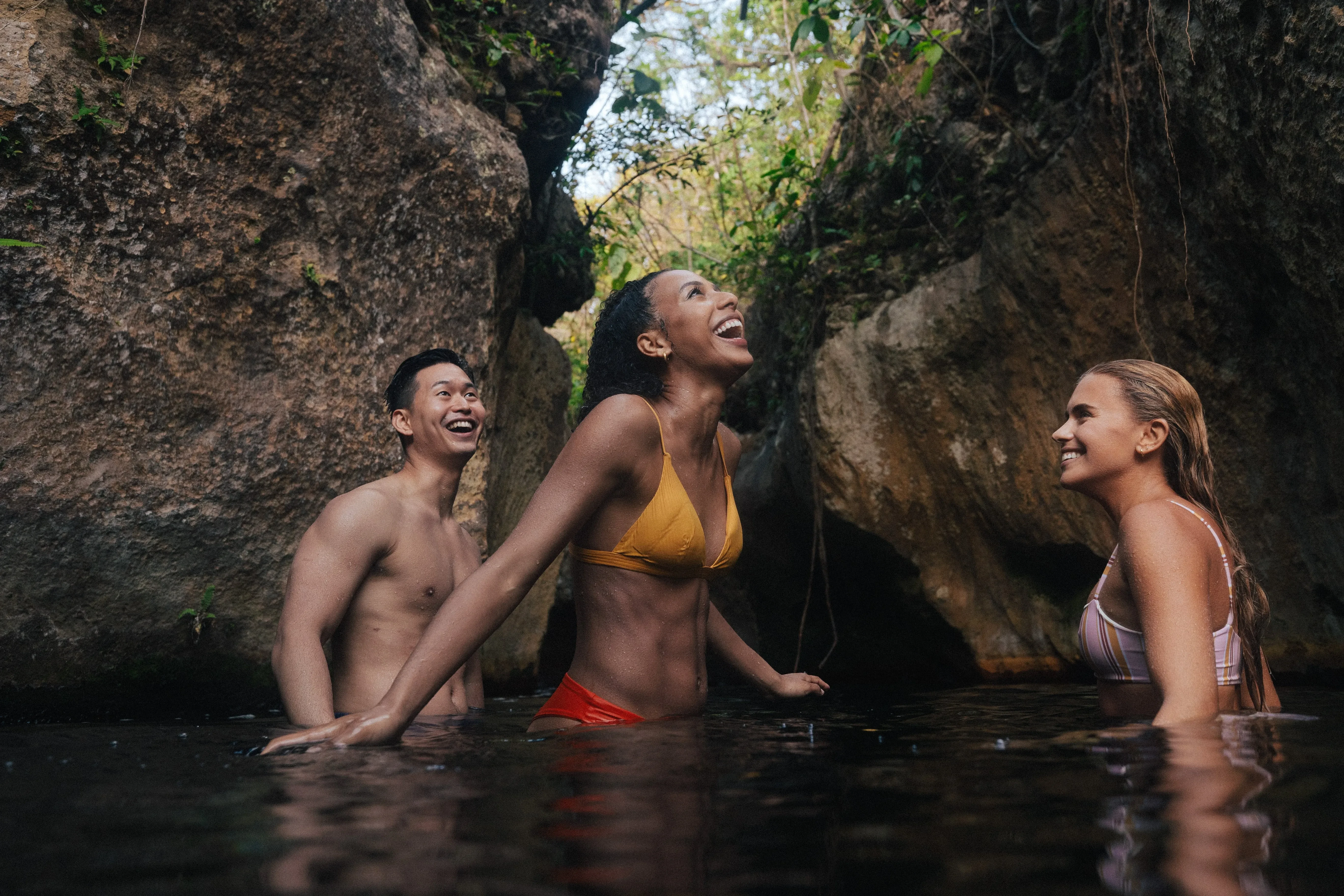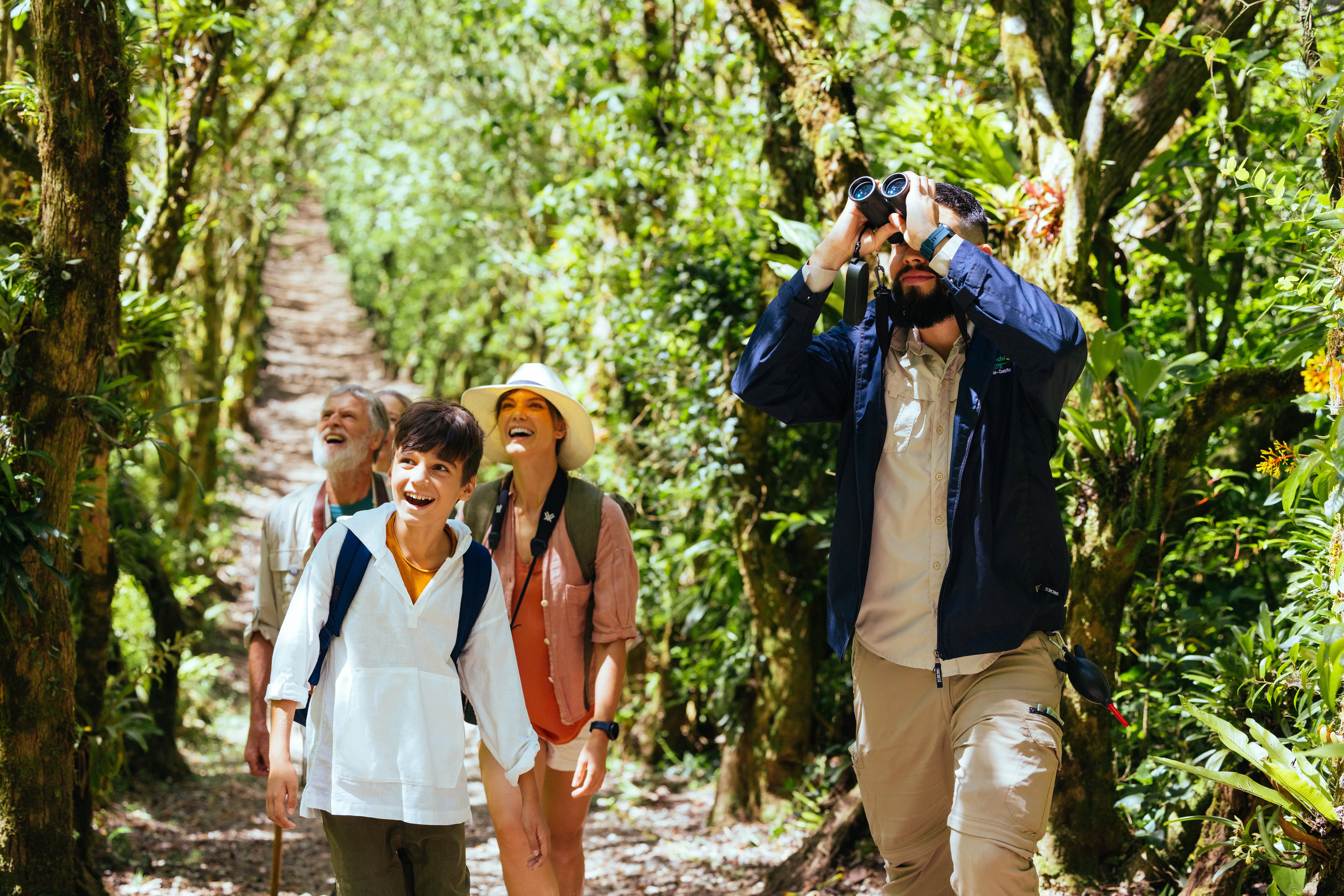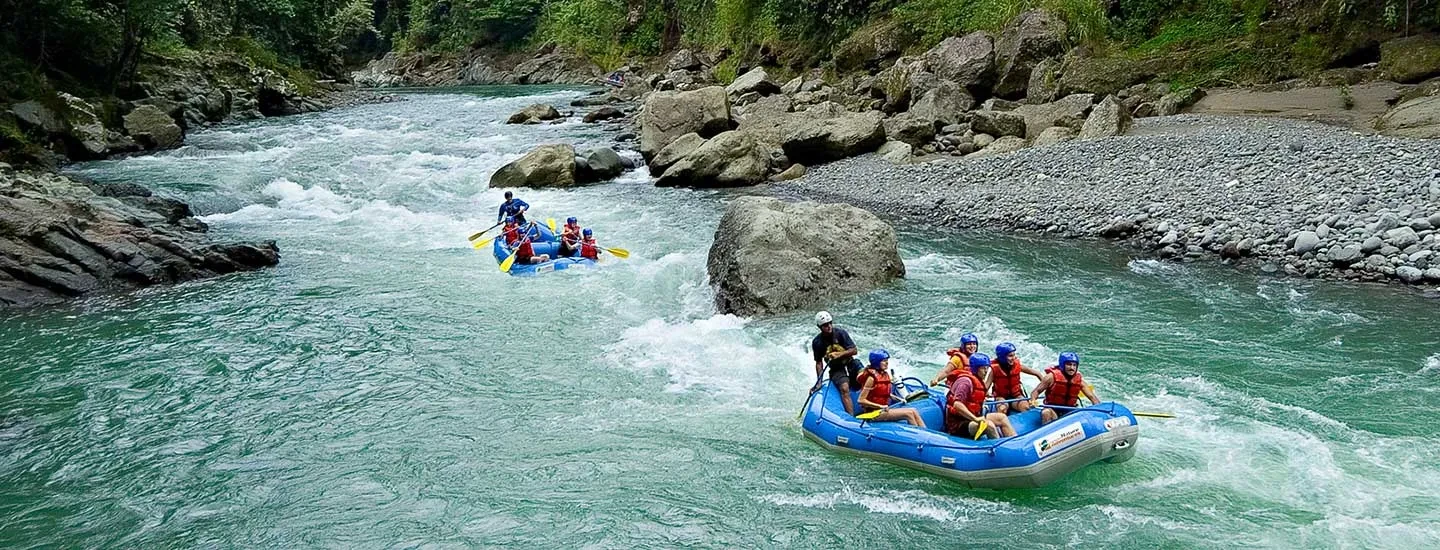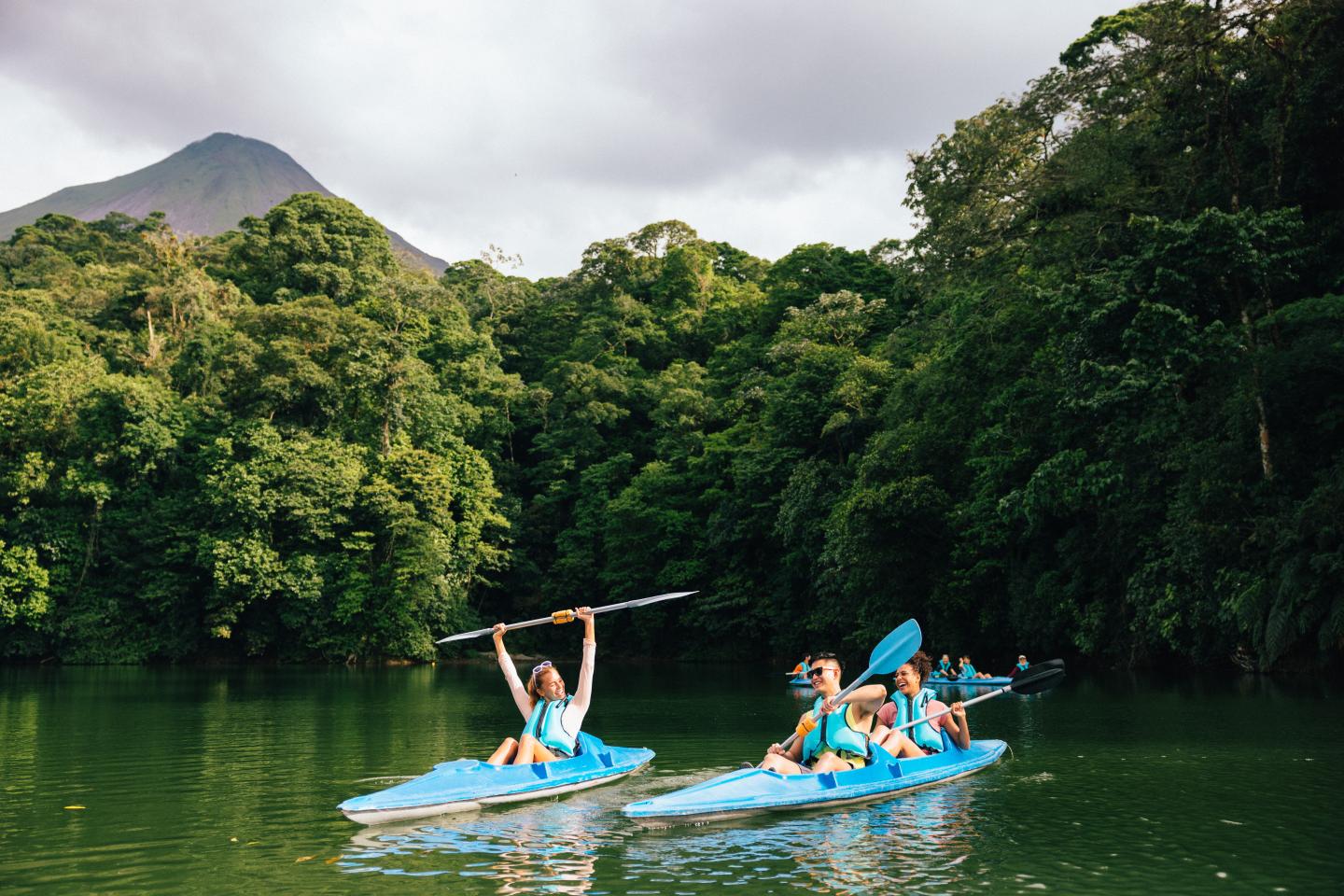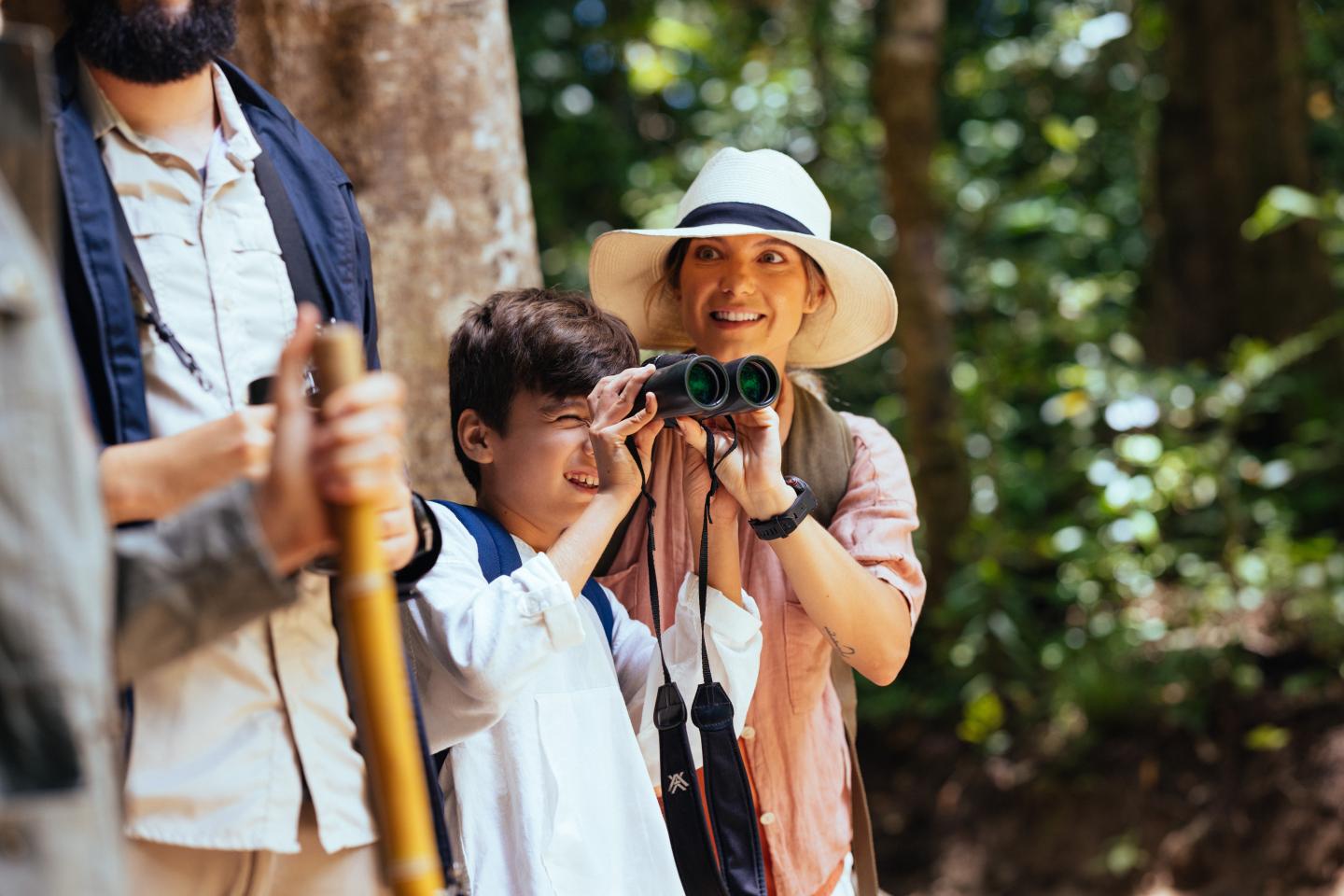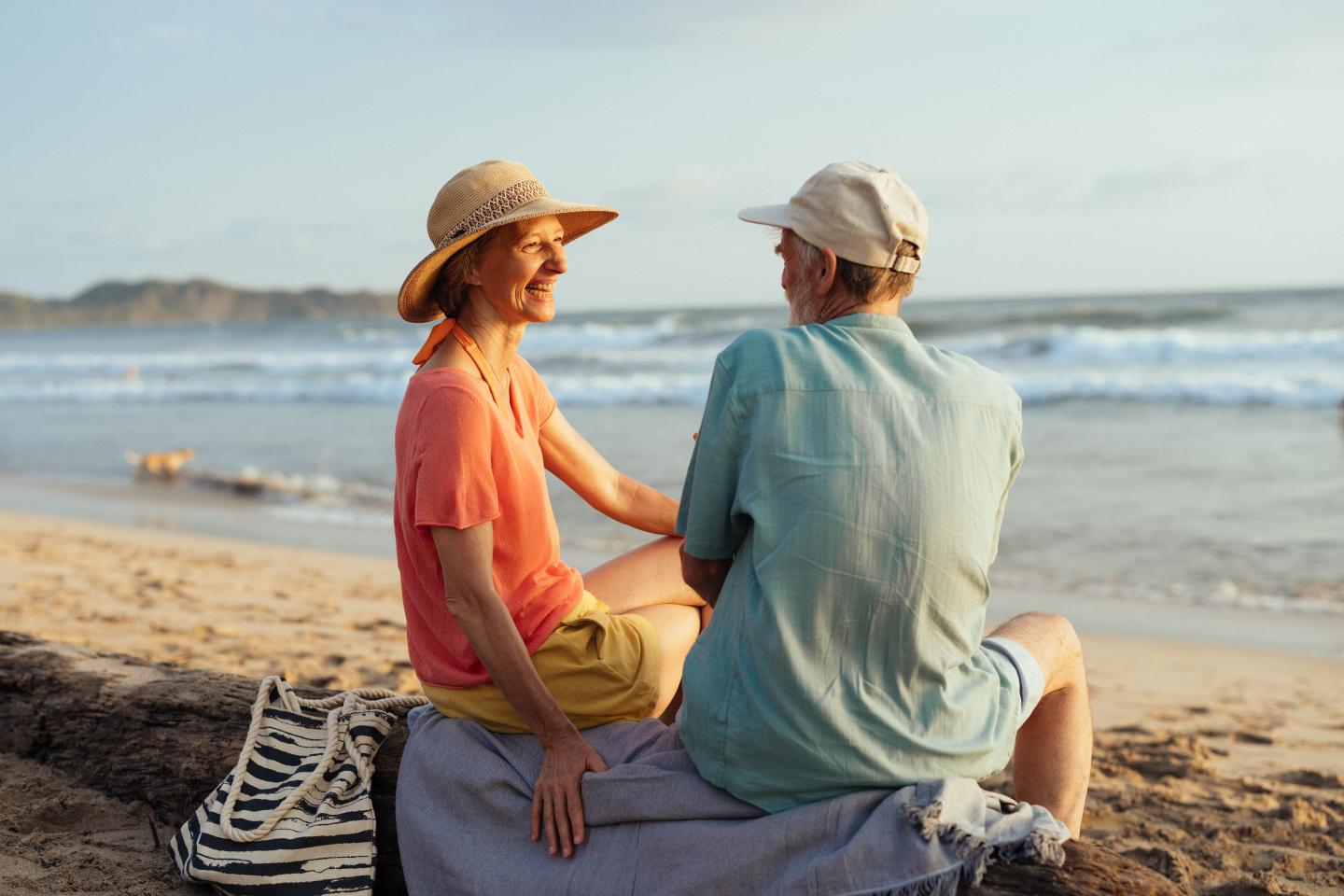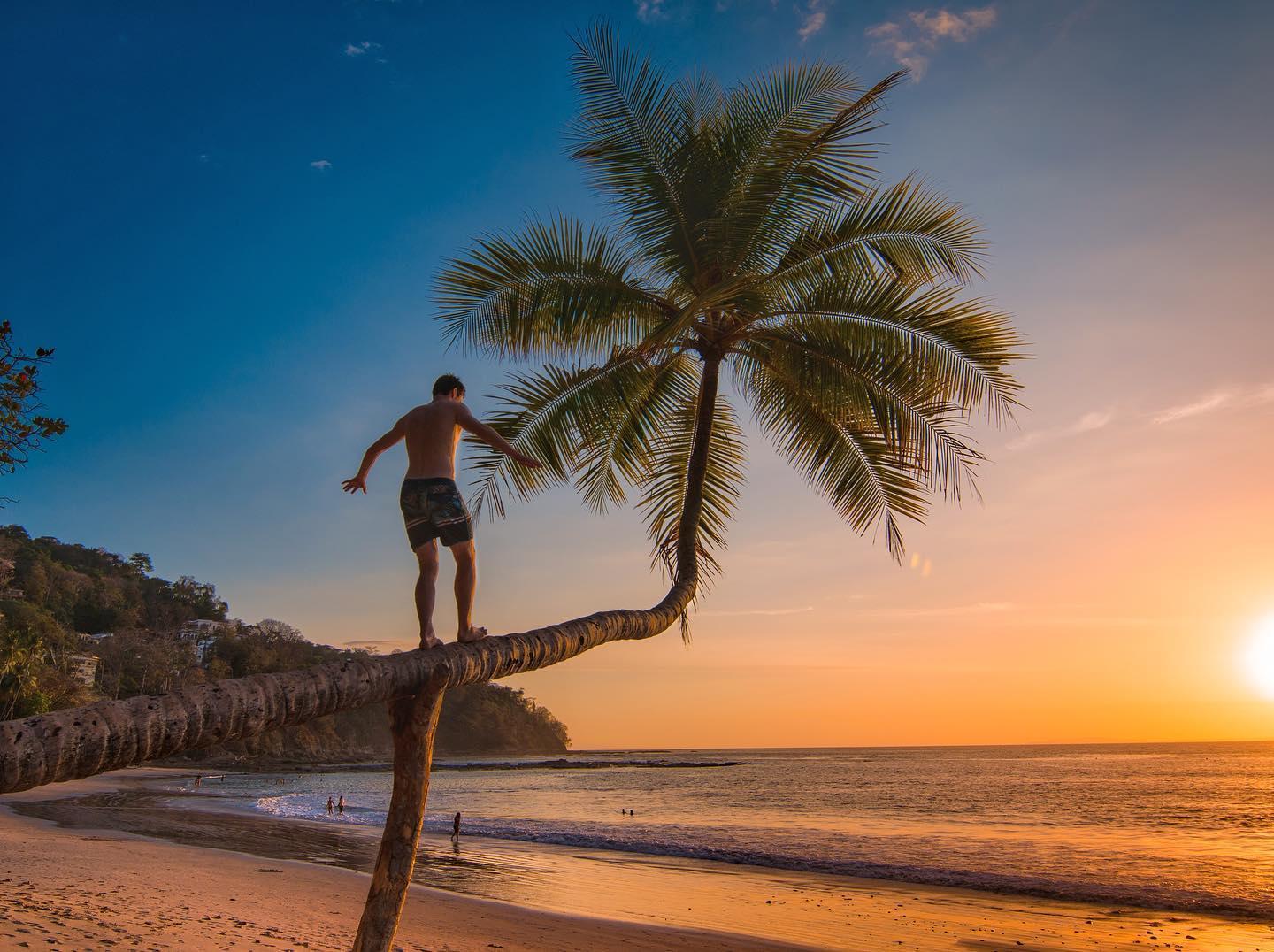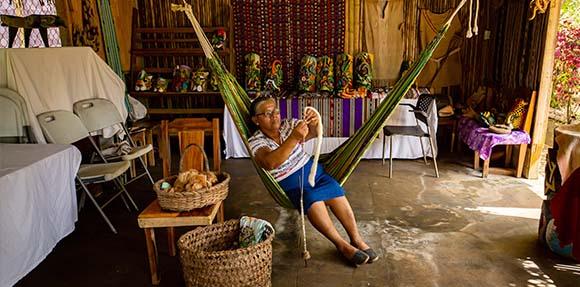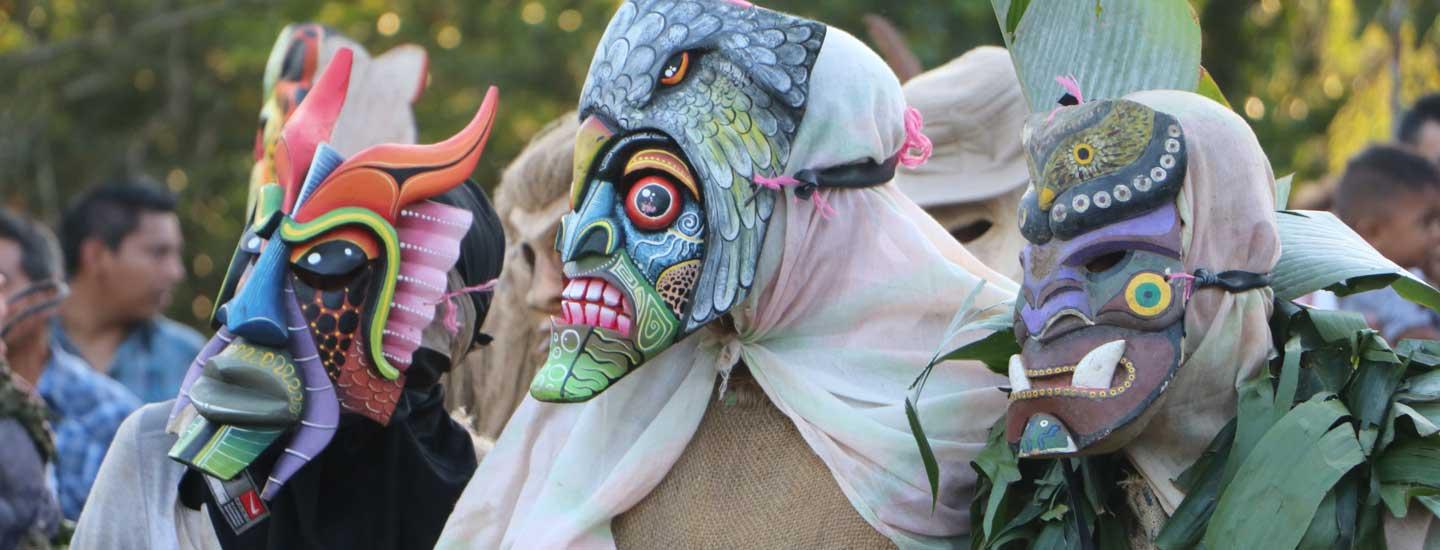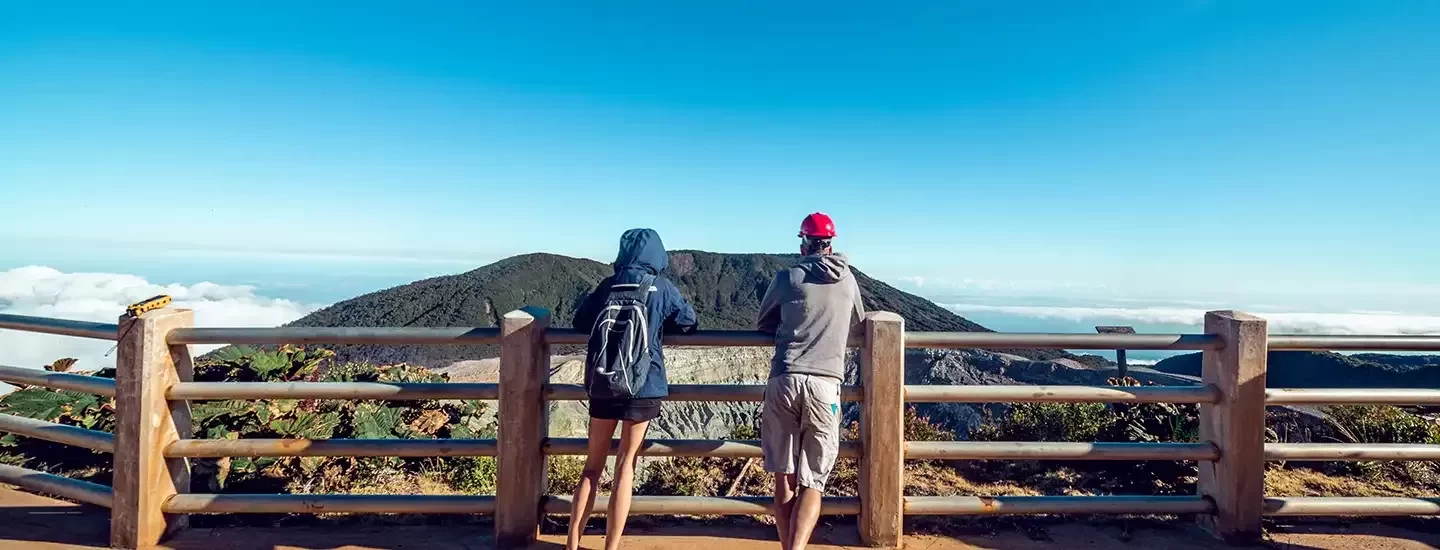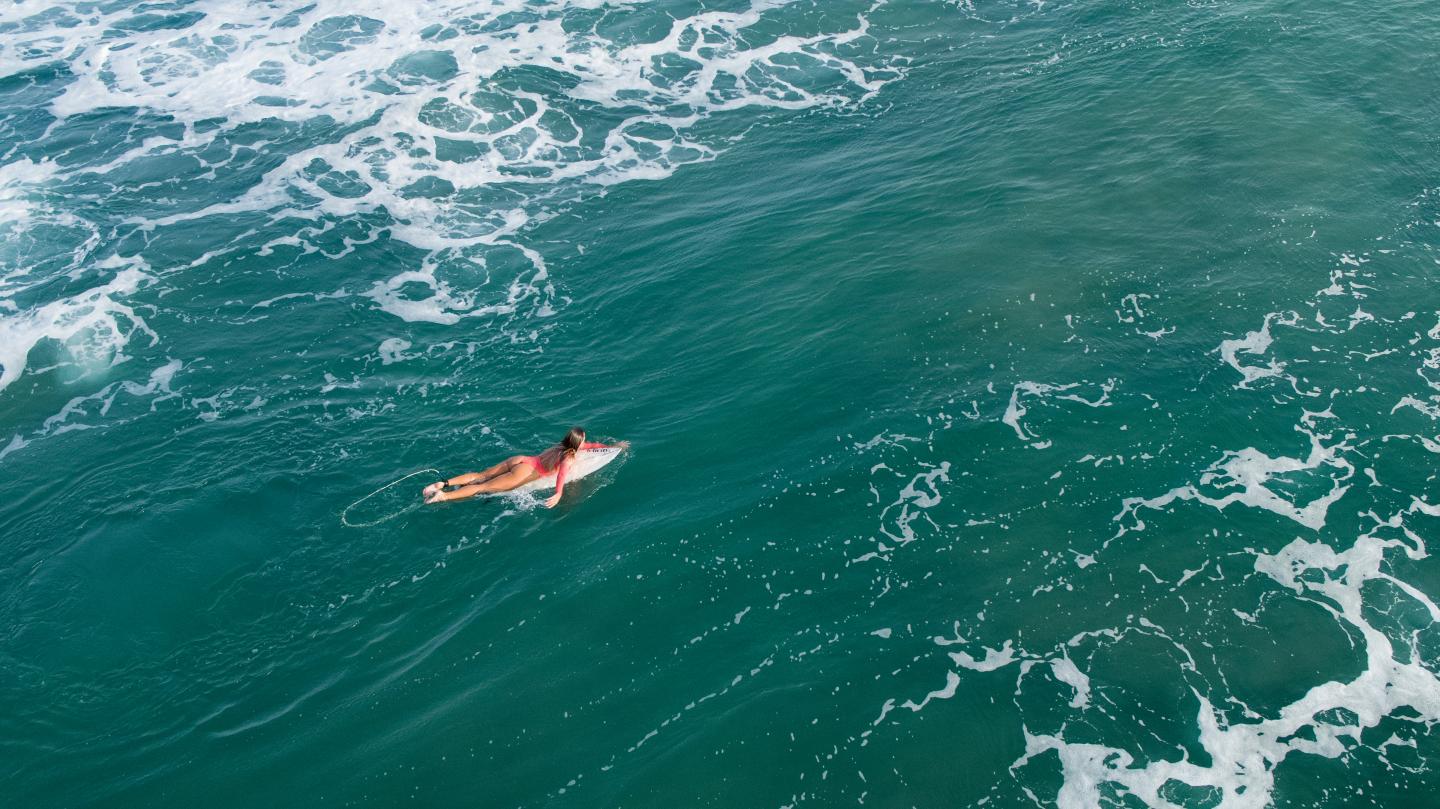whitewater rafting in Costa Rica
A favorite outdoor activity that’s been growing in popularity since the 1970s, an inflatable raft is used to navigate a river or body of water. This sport usually requires a team of paddlers, a guide and lots of teamwork.
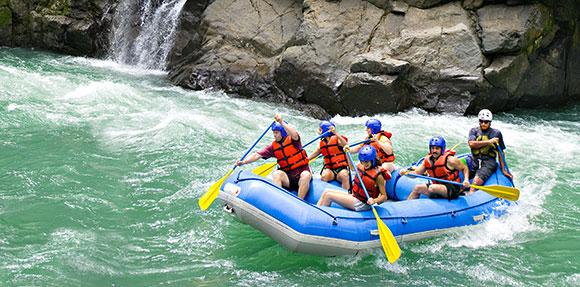
Costa Rica's best rivers for rafting
The following are a few of the most convenient rivers for rafting:
Reventazón: The Tucurrique section (Class III) is easy enough for first-timers. The Pascua section (Class IV-V) is very wild, and requires previous rafting experience. Can be run year round.
Pacuare: The country's longest and most spectacular river trip (Class III-IV) can be run from mid May thru mid March. Two-day trip recommended.
Sarapiquí: Beautiful river (Class II-III), good trip for beginners. Can be run out of San Jose or the Arenal area, from mid May thru mid March.
Saavegre: Another beautiful river (Class II-III) excellent for first timers. River trips leave from Manuel Antonio and Quepos, May thru January.
Naranjo: A wild river (Class III-IV) near Quepos that requires some rafting experience. Run from June thru November.
El General: A popular three-day kayaking or rafting trip (class III-IV) best during the height of the rainy season, September to November.
Peñas Blancas in Arenal, Corobici River in Guanacaste or Sarapiquí- chilamate section: Beautiful Rivers (Class I), good trip for families, great opportunity to see wildlife. Can be run all year around.
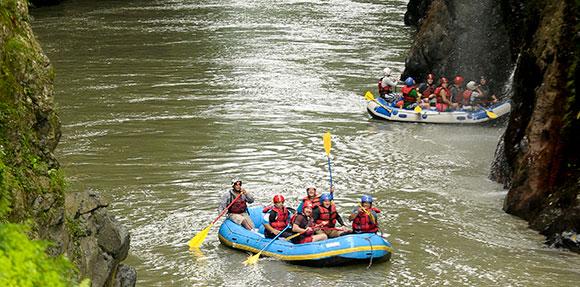
classification of rivers
The following classification has been created to assess the difficulty level of any given river:
- Class I, Easy: Calm waters not paddling request, sightseen enjoy, good for families with kids.
- Class II, Beginners: Fast current, with ripples and small waves. Little obstructions that can be easily surpassed with some training. The risk for swimmers is low and self-rescue easy.
- Class III, Beginners: Direct rapids with wide canals. Simple maneuvers are needed on some sections of the river. Scarce danger for swimmers.
- Class IV, Intermediate: Rapids with moderate waves. Narrow passages and rapid currents, require complex maneuvers. A previous experience is recommended.
- Class V, Only for expert teams: Intense rapids, requiring precise control of the ship in turbulent waters. Many of the maneuvers should be done quickly, and under pressure. Water conditions make self-rescue difficult, so group's assistance is necessary. Upper Pacuare River & Upper Naranjo River, El Chorro section.
- Class VI; Extreme: Very long and violent rapids. Descents may have waves, big holes and abrupt falls with complex routes. Rescue is very difficult. Consequences of errors are severe and rescue may be impossible. Waterfalls, big drops. No recommended to be run.
Rowing and safety commands
- ¡Todos adentro! (adentro, abajo) (get down): All passengers in squatted position on the raft's floor to avoid falling into the water.
- ¡Todos arriba!: keep rowing
- ¡Lado alto! (highside): Everyone should place themselves on the side that goes up, to balance the raft.
- ¡Adelante! (Forward): Everyone rows forward.
- ¡Atrás! (Back paddle): everyone rows backwards.
- ¡Izquierda atrás! (Left back): the left side rows backwards while the right goes forward. This makes the raft turn left.
- ¡Derecha atrás! (Right back): the right side rows backwards while the left one goes forward. The raft turns to the right.
- ¡Alto! (Stop): Break
Costa Rica's best places for whitewater rafting
On the map you'll find Costa Rica's tourism regions, where you can participate in these activities. For more information on any of these activities, contact your travel agent or hotel.
